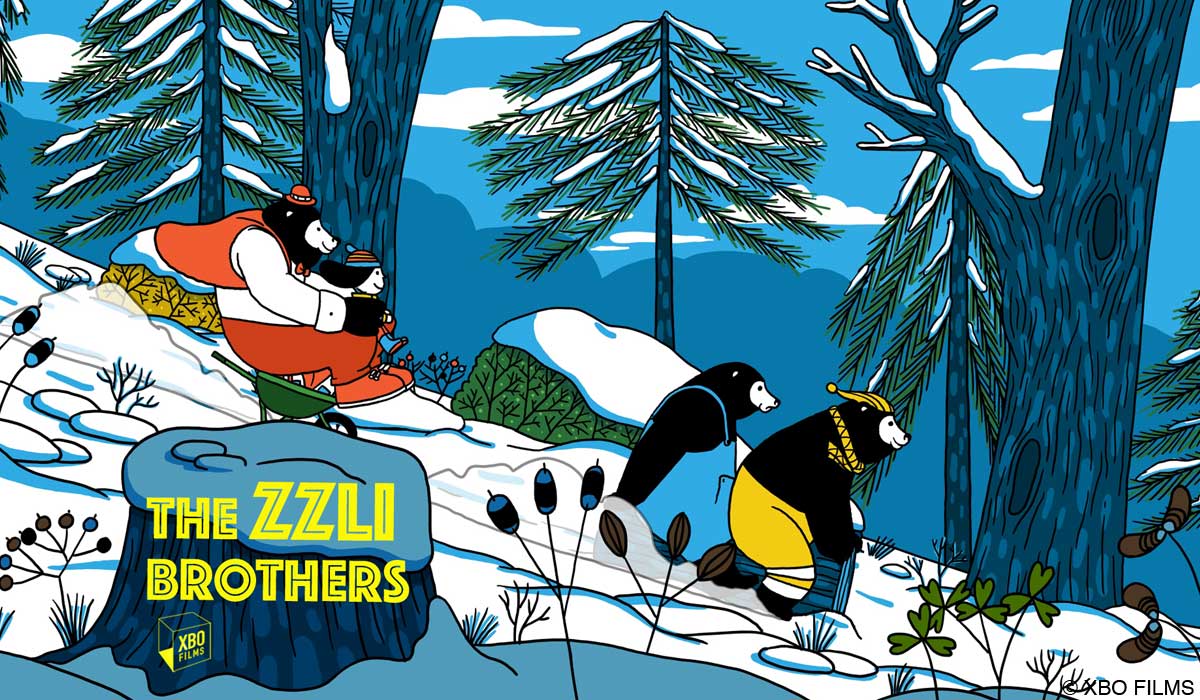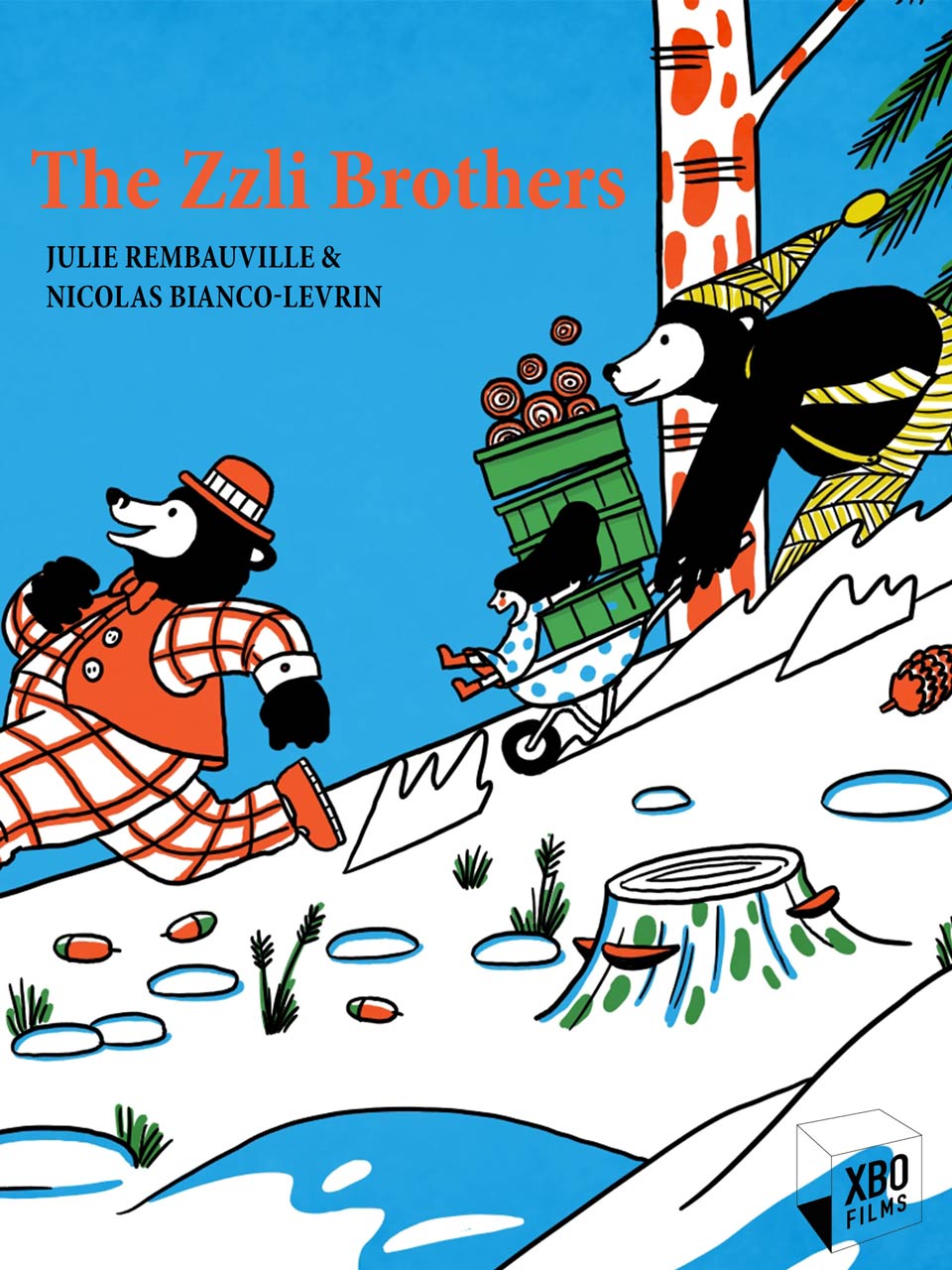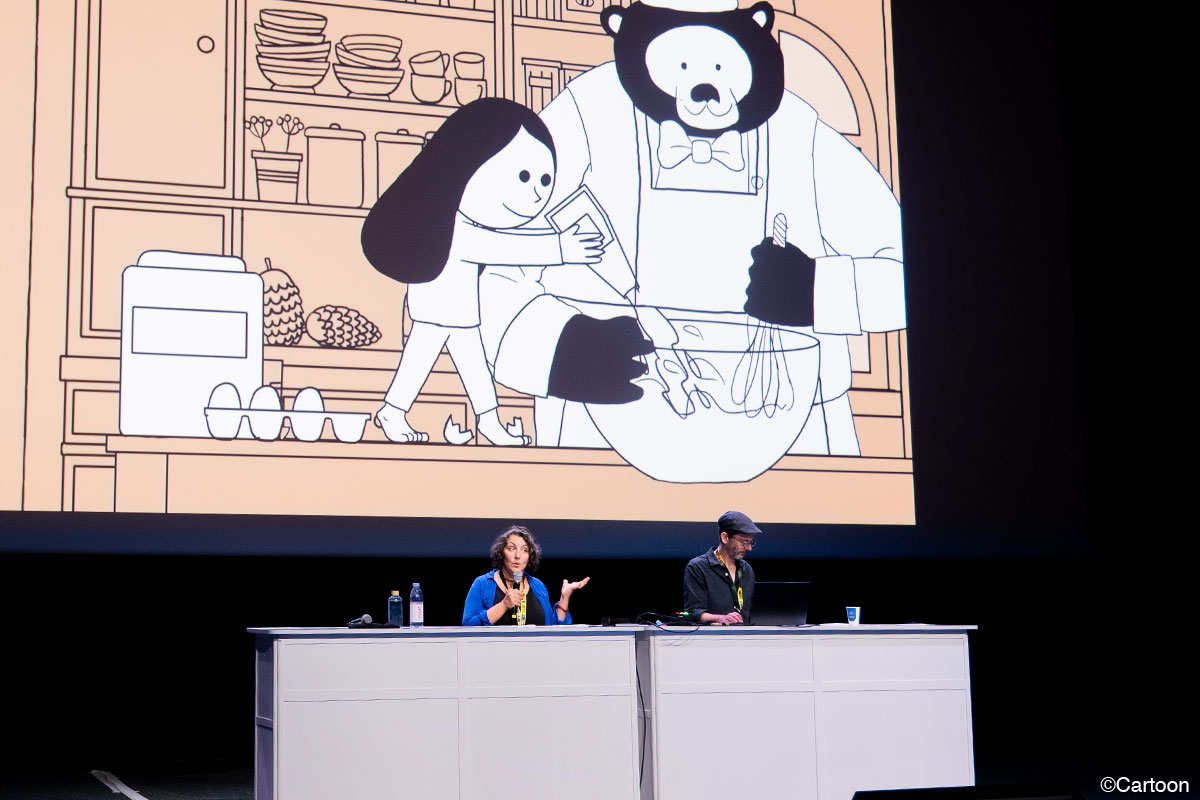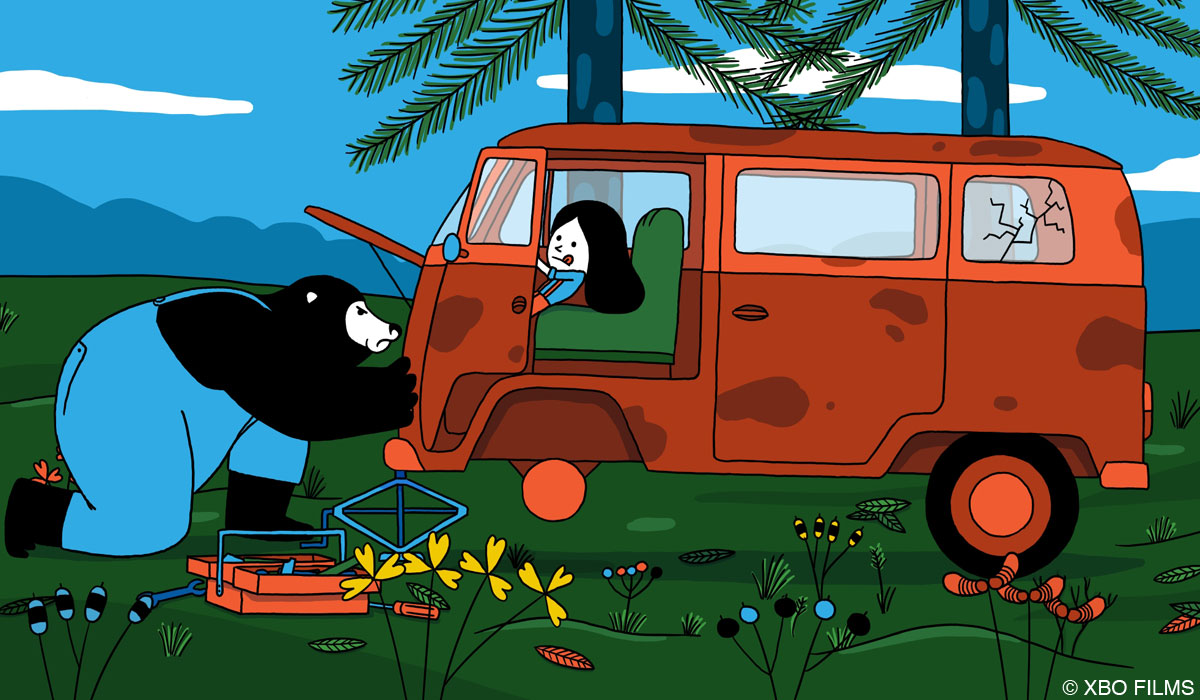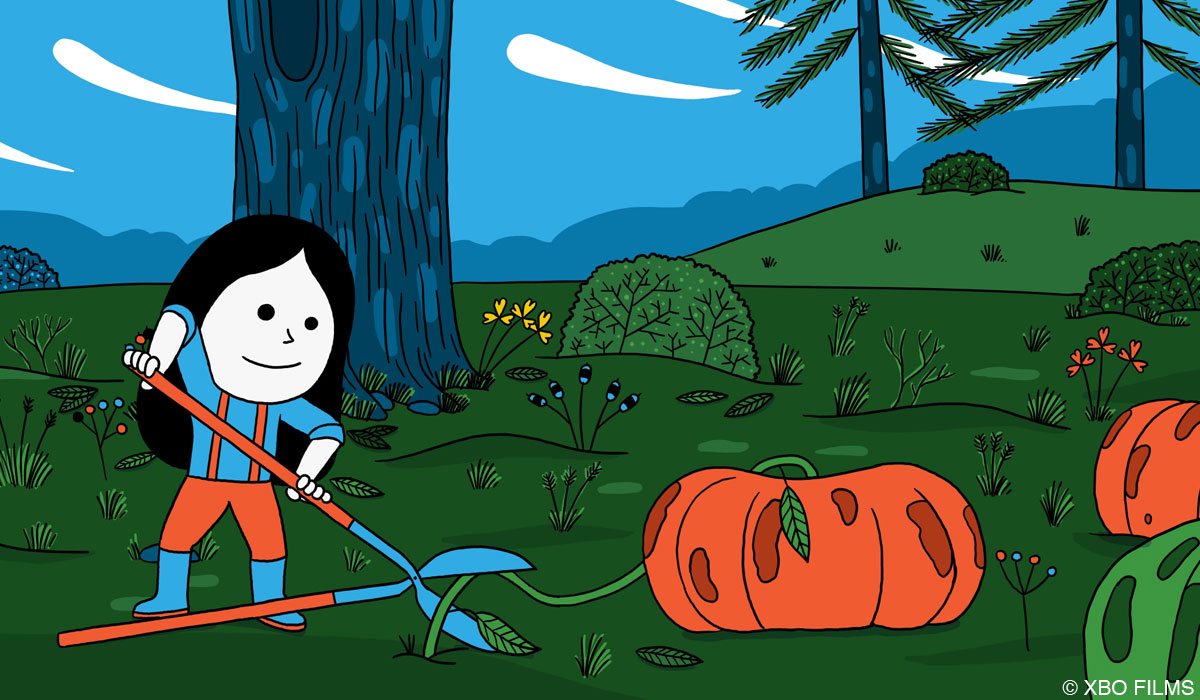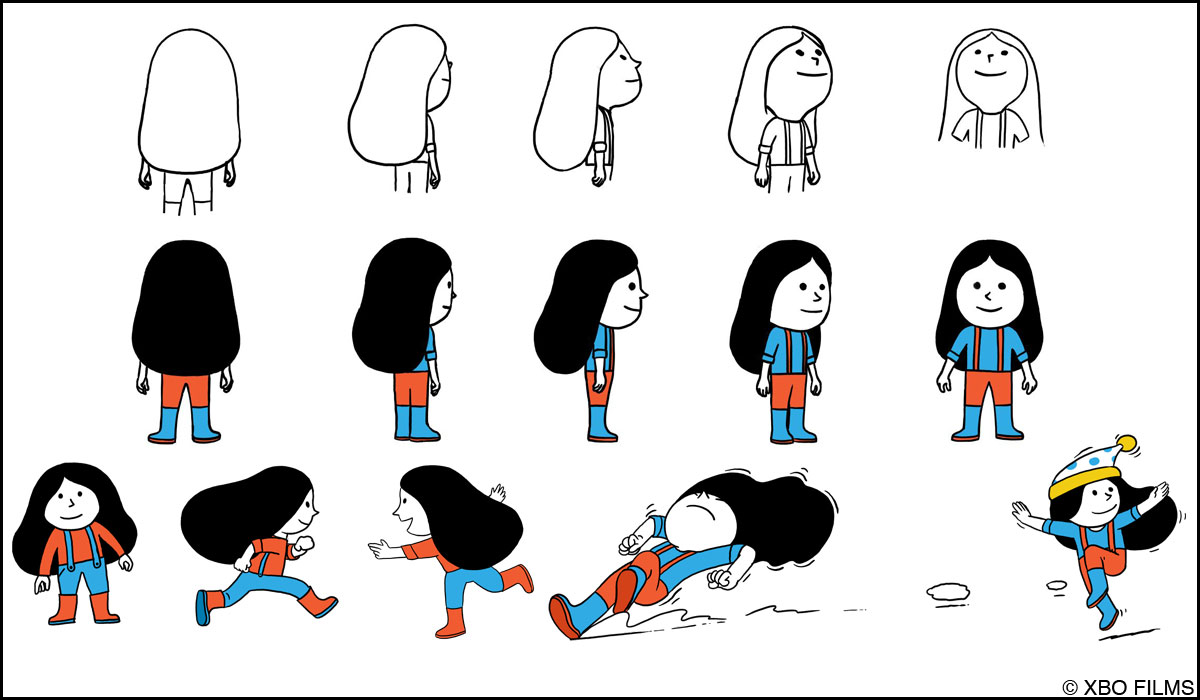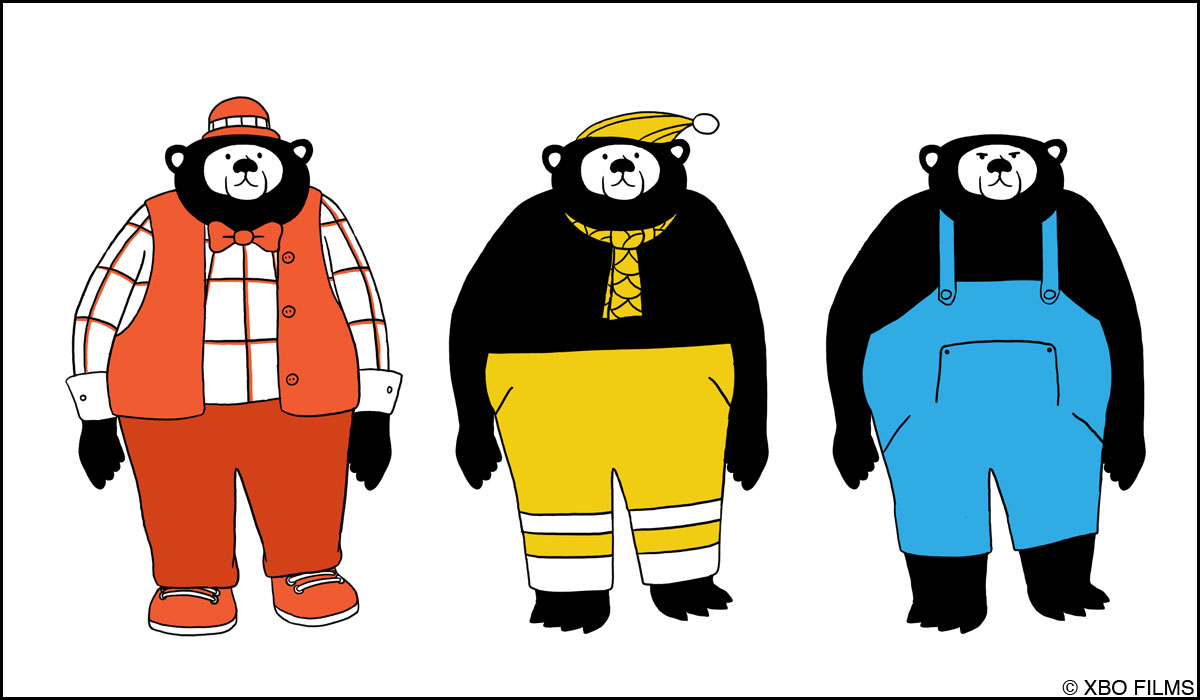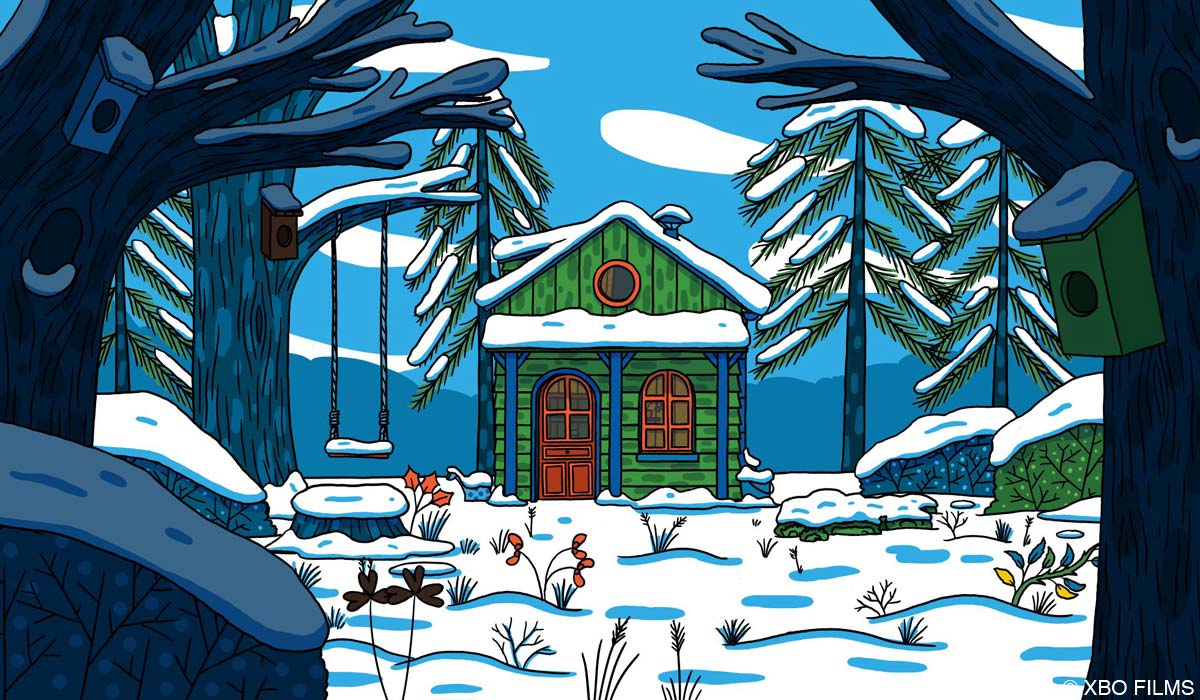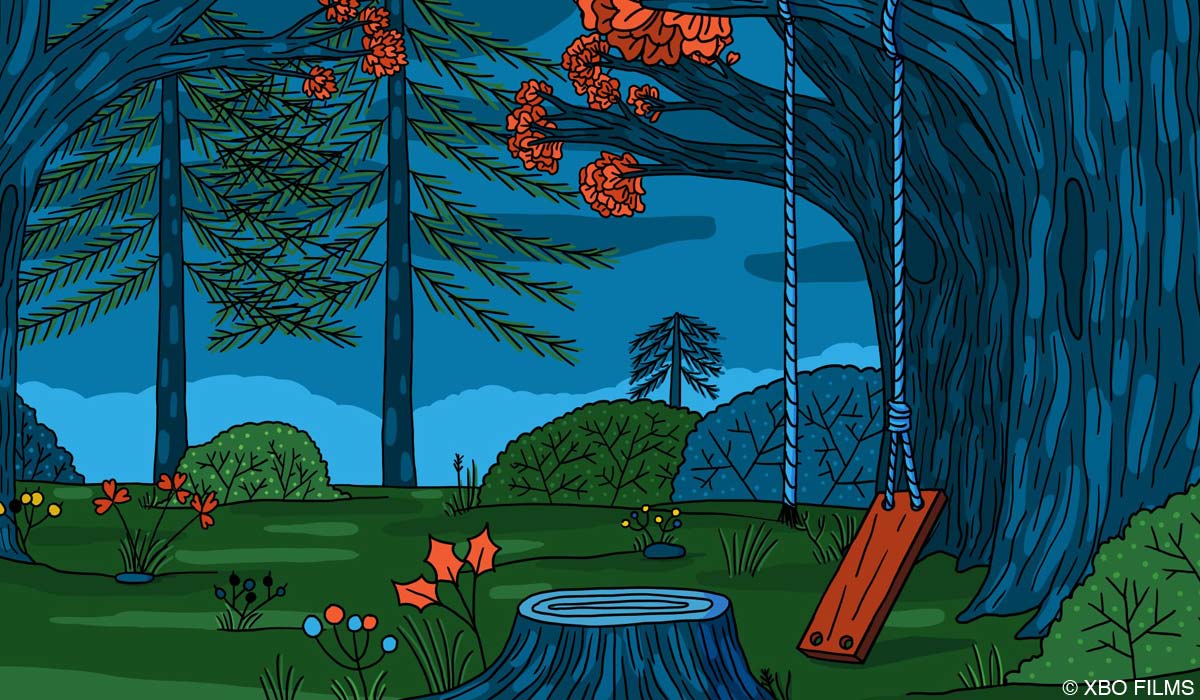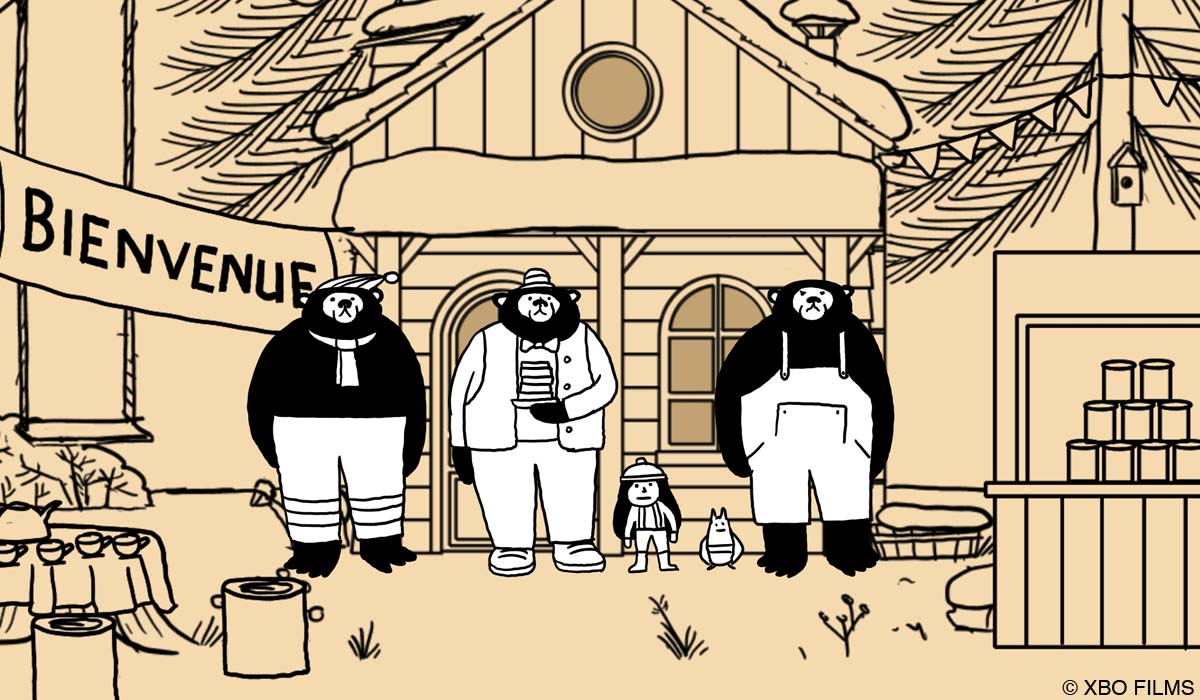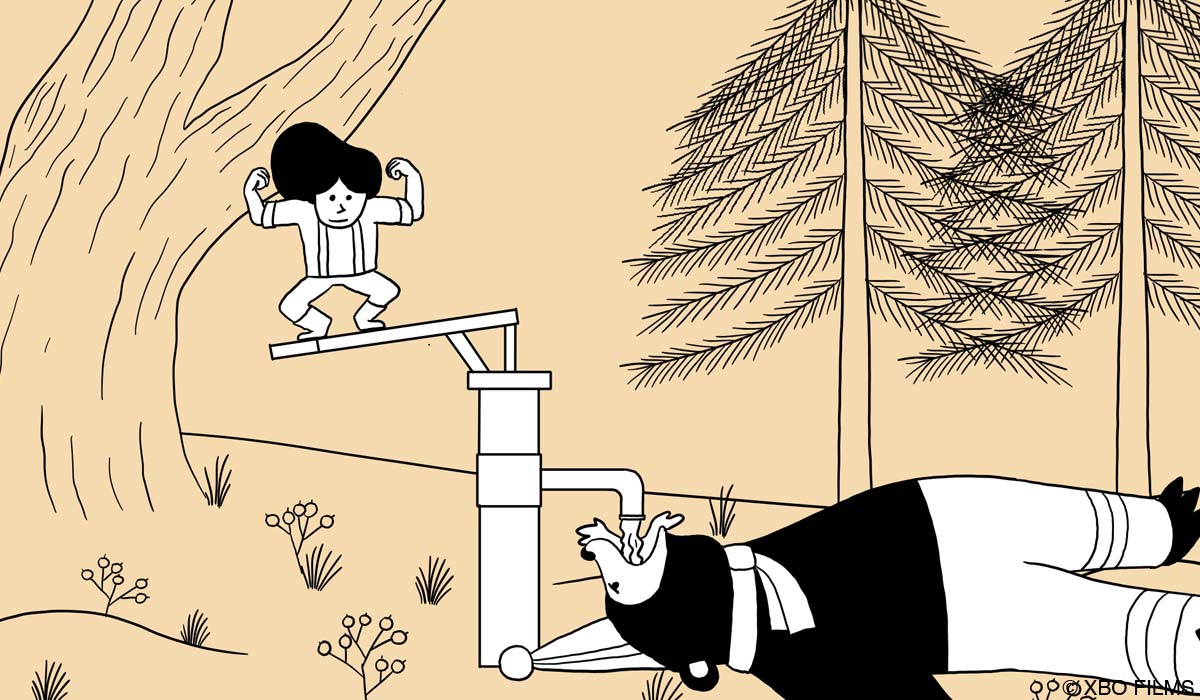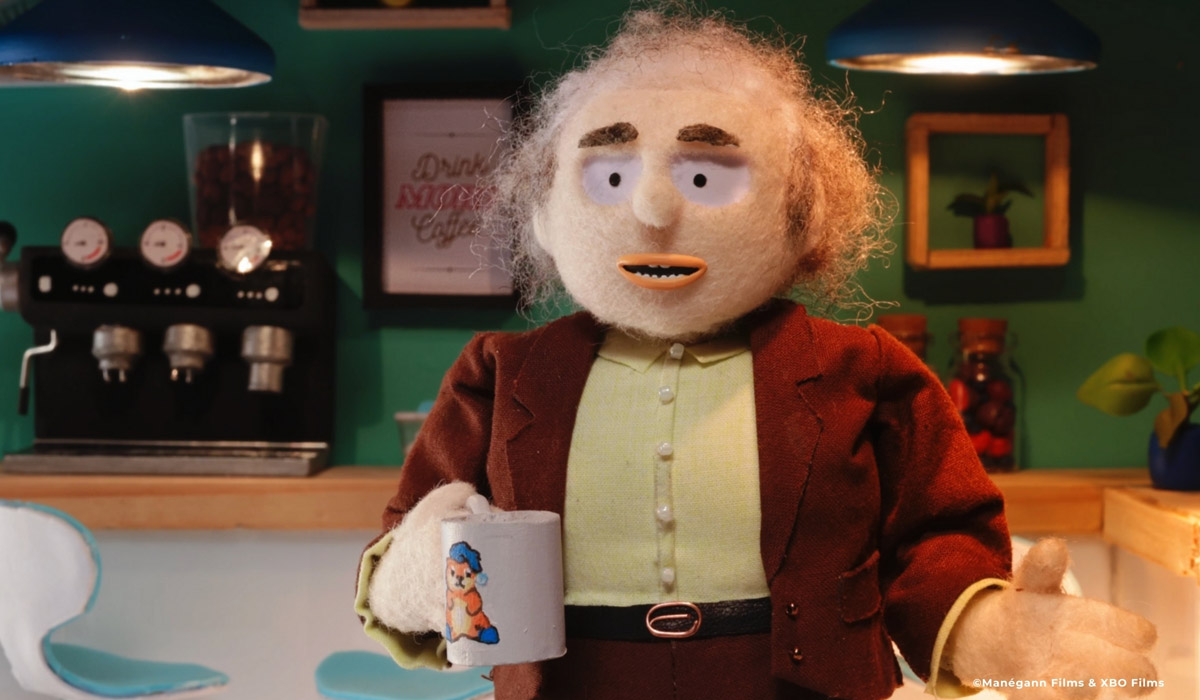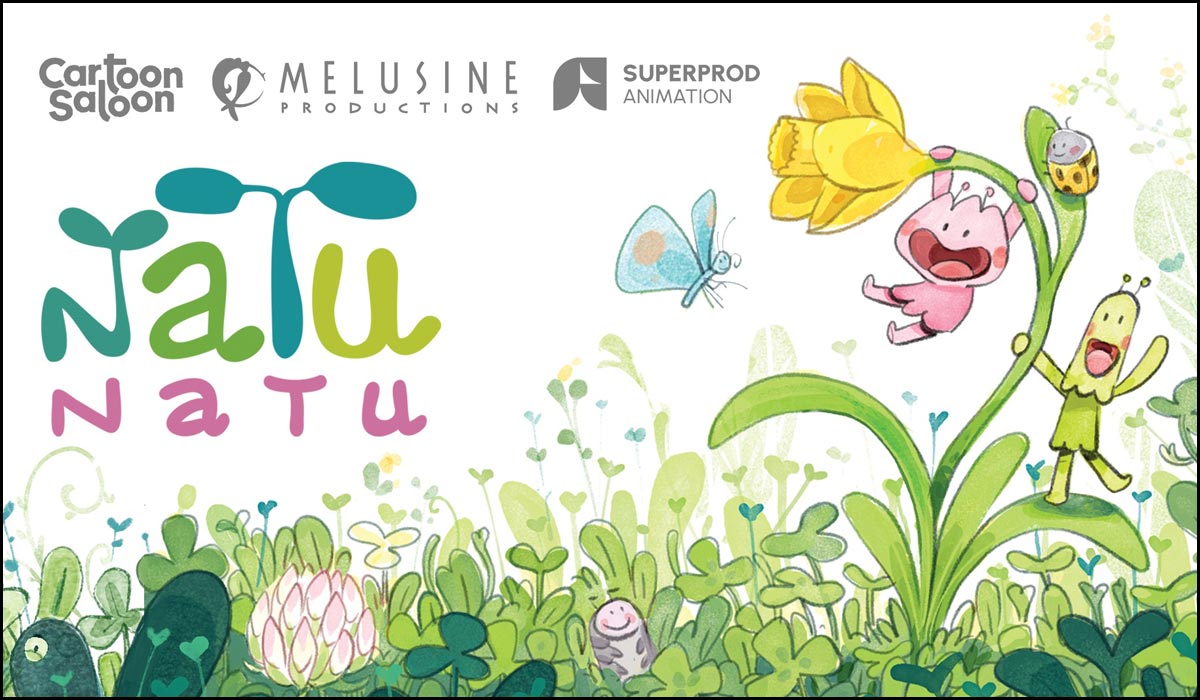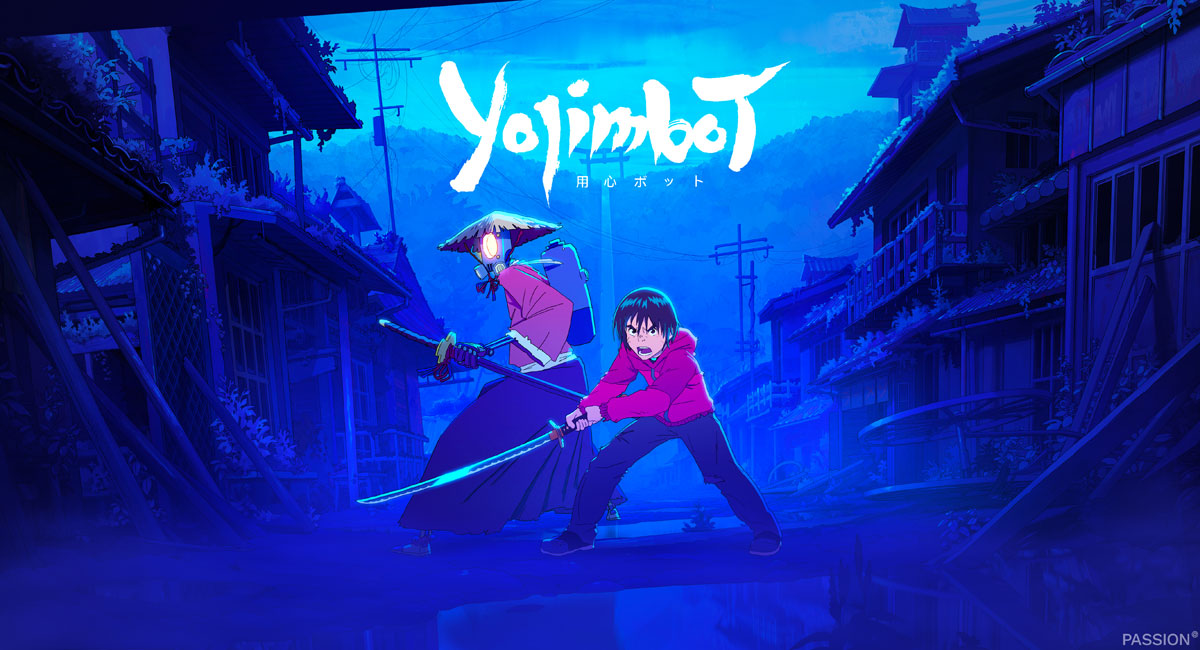Synopsis
Anna is a resourceful 10-year-old girl who lives alone in a cabin in the middle of the forest. She dreams of adventures from reading so much, and gets bored waiting for the next book she’s ordered. Every day, she watches out for her friend, the bat, who delivers the mail. That evening, the bat asked Anna for a favor: could she take in an old bear friend, accompanied by his two brothers? They’ve come a long way and are exhausted. Over the days, the bear brothers and the little girl form a happy little family in the growing cabin. But the other animals take a dim view: bears are not liked here! One night, the cabin is destroyed by fire, and Anna and the bears must leave.
The Zzli Brothers
Adaptation from Les Frères Zzli by Alex Cousseau (author) and Anne-Lise Boutin (graphic author)
Directors: Julie Rembauville and Nicolas Bianco-Levrin
Producer: Luc Camilli (XBO films, France)
Format: 30’
Target audience: Children 5-7
Techniques: 2D digital
The Zzli Brothers is a new animated TV special project pitched at Cartoon Forum 2025. It invites us into a joyful narrative set within a charming story world, featuring lively and fun scenes while also portraying several difficult realities at times, such as mourning, exile, racism, and loneliness. It resonates with captivating storytelling, fascinating visuals, and playful music.
We had the opportunity to interview Julie Rembauville and Nicolas Bianco-Levrin, the directors of this attractive new animation project.
Interview with Julie Rembauville and Nicolas Bianco-Levrin
Hideki Nagaishi (HN): How did this project begin, and what led you to decide to adapt the original illustrated book into animation, a moving visual storytelling medium?
Julie Rembauville: It was originally a proposal from Luc Camilli, Zoé Chabry, and Manon Dornier, our producers at XBO films. They literally handed us this beautiful book on the last day of work on our previous film, Marcel, Santa Claus (And the Pizza Delivery Boy). The rural setting was radically different from the urban tale we had just finished making, but it touched on the same theme from a different perspective: how do we all live together despite our differences? It’s still about brotherhood!
Nicolas Bianco-Levrin: The book has the aspect of a universal and timeless tale and deals with a very contemporary subject: how do we welcome the stranger, how do we fantasise about him, how are we afraid of him? We were immediately captivated by the drawing of this dynamic little girl that Anne-Lise Boutin, the illustrator, had drawn. We wanted to see her jump near these three impressive and friendly big bears. When we showed the first animation tests to Anne-Lise, she said to us, “That’s exactly the way she moves!”
HN: Regarding the story development of this TV special, what aspect have you taken the most care with so far, and why?
Julie Rembauville: The album is constructed in 15 double pages with a lot of ellipses. We chose to tell the story as in the book, from the point of view of this little girl, but we had to free ourselves from the first-person narrative and find another way to characterise this heroine by inventing situations that would allow us to say the same things as in the book, but through dialogue, movement, sound and attitudes. We had to recreate a universe conducive to cinematic storytelling. We took some liberties while still relying on the book. Anna’s voice remains predominant. In her solitary daily life, for example, we imagined that she replays the adventure stories she spends her evenings reading.
We also developed the ways of expressing and moving of each bear, who in the book are called “Yes,” “No,” and “Maybe.” From this, we drew characters that evoked professions and careers, and gave birth to the three bears in the film, named Doum, Grong, and Chtak. These are three brothers from different countries, brothers in exile.
HN: I would like to hear about the story behind the visual creation. What are your intentions behind the visual design of this TV special, and what is the reason for that choice?
Nicolas Bianco-Levrin: The original book features magnificent, large illustrations, teeming with details and patterns. The three bears are covered in thousands of hairs. With the budget for a special, we had to make some choices. I spoke at length with Anne-Lise Boutin, the illustrator, to understand her choices and intentions in order to preserve the essence and transpose it into our animated universe. We kept a reduced colour range, as in screen printing, but with enough nuances to create luminous atmospheres. We remained faithful to the primary colours of the book (red, yellow, blue, plus the green of the vegetation). The graphics are simplified: metal is always blue, wood can be green or red. There is no brown or grey. It is always a question of finding the right balance between form and colour so that the object is clearly legible. And then, to create a dialogue between the characters and their movements in the spaces, we introduced perspective. The challenge was to move from these large, abundant illustrations, which can take several minutes to observe, to shots for a film that sometimes only last a few seconds on screen.
HN: If there are any stories behind the music for this TV special that you can share with us at this stage, could you please let us know?
Julie Rembauville: Very early on, our producer Luc Camilli suggested that we could make a new film with songs. For our part, we wanted the film to be very musical. For Marcel, Santa Claus (And the Pizza Delivery Boy), the songs pre-existed the film. Here, we had to invent everything. We wrote two songs with lyricist Malik Boufenara. They appear at two particular moments when characters share their memories. There are also numerous musical sequences. All of the music was composed by Maxence Camelin under the direction of Théophane Bertuit at Polyphone Studio.
We all worked together during the animatic to weave the rhythm of the story and the musical sequences in particular. There is one sequence that tells the story of the beginning of Anna’s daily life shared with the bears. One digs in the garden, another saws wood, the last cooks. All these sound effects are arranged to create rhythm, then music. In this specific case, image, music and editing must be thought of together.
Maxence is a specialist in traditional popular music. This suited the spirit of the tale perfectly. The instruments come from diverse backgrounds, like the bears in our story. There is banjo, violin, flute, but also Vosges spinet, various percussion instruments (cajón, spoons…) and even a fife that evokes the Fulani flute. We combined all this with a bit of beatboxing, because one of the bears, traumatised by the war, only expresses himself in rumbling. I can never thank Malik Boufenara, the lyricist, enough for introducing us to the singer Dani Bumba! He gave Grong the bear a very special soul, making this initially grumpy character a gentle and caring big brother.
HN: Which part of the project has been especially exciting or challenging for you so far?
Julie Rembauville: Everything is going quite smoothly, despite this being our first time writing songs. One of the biggest challenges was perhaps finding the right tone for Anna and the bears’ dialogues and ways of expressing themselves that would best characterise them, and then finding “their” voice. For me, it is the second birth of the characters when we record the voices. We did some research to find Anna’s voice. We considered having her played by a female singer, then by a teenager. In the end, it was our 11-year-old son who gave his voice to her. He had the spontaneity and mischievousness of the character and amazed us in the singing sequences!
Nicolas Bianco-Levrin: This feeling of ease is also due to the fact that we are very pleased to reunite with a good part of the Marcel, Santa Claus team for the production of the visuals. We know each other well, and even when writing the script, we were already thinking of this or that animator to bring certain scenes or actions to life. At the moment, we are in the middle of creating the sets with Noémi Gruner and we are having a lot of fun creating this “dollhouse” in which the characters will evolve in a few months.
HN: What do you think are the key points of this animated TV special that would attract the target audience?
Nicolas Bianco-Levrin: Everything is seen from the perspective of this child, Anna, who is the only human in this story. She is very resourceful in a world where adults (animals) are, on the contrary, sometimes prisoners of their preconceived ideas. The film has all the ingredients of a timeless tale, and if we pull the threads, we can see many very contemporary subjects for the humans of the 21st century that we are.
Julie Rembauville: Despite the theme, it is a very joyful film. Without hiding the difficult realities it describes (mourning, exile, racism, sometimes loneliness), we have always strived, thanks in particular to the eye of our producers, to make a film that is not dull, but full of vitality. Anna is like that, full of life, and she brings everyone along with her.


